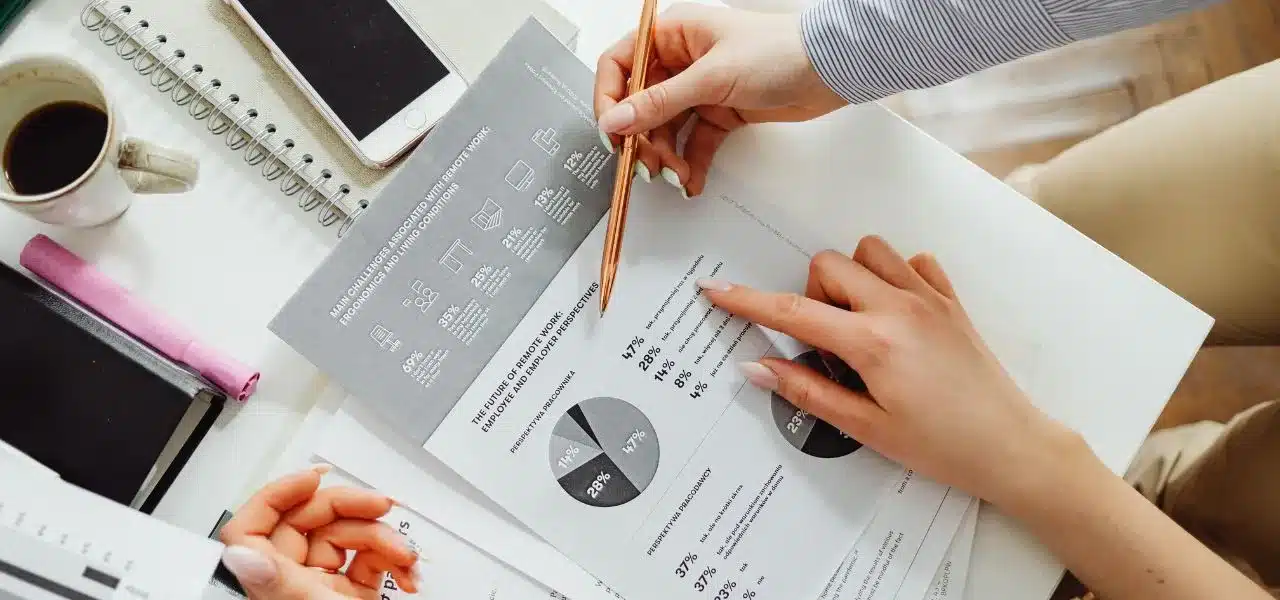How to Set up Accounting Books for Small Business? Setting up accounting books for a small business might seem big and complex. But, it’s much like tracking your personal money. You might have a piggy bank, a wallet, and a savings account to track your money. A business needs special books or records to do the same. These records help the business owner know how much money is coming in, how much is being spent, and how much is left. This is very important because it helps the business grow and stay healthy. Imagine running a lemonade stand. You need to know how much you made from selling lemonade. Also, how much you spent on lemons and sugar. And how much profit you have at the end.
How to Set up Accounting Books for Small Business?
- Choose an Accounting Method.
- Set up a Chart of Accounts.
- Establish a Business Bank Account.
- Keep Track of Expenses and Income.
- Set Up a System for Managing Receipts.
- Choose Accounting Software.
- Determine a Regular Bookkeeping Schedule.
- Reconcile Your Accounts Regularly.
Choose an Accounting Method
When you start to track your business money, you need to decide how to record your transactions. You may be interested in this also: Best Books on How to Run a Business. There are two main ways: cash basis and accrual basis.
- Cash Basis: This is the simpler method. You record money when it actually comes in (when you get paid) and when it goes out (when you pay bills). For example, if you sell lemonade, you write down the money you receive right when someone buys it.
- Accrual Basis: This method is a bit more complicated. You record money when it is earned, even if you haven’t received it yet. You record expenses when they are incurred, even if you haven’t paid them yet. For instance, if you sell lemonade but the customer will pay you next week, you still write it down today.
Most small businesses start with the cash basis because it’s easier.
Set up a Chart of Accounts
A chart of accounts is like a big list. You use it to organize the places where your money comes in and goes out. Think of it as different categories for your money.
- Assets: Things your business owns, like money in the bank or equipment.
- Liabilities: Money your business owes, like loans or bills to pay.
- Income: Money your business earns from selling things or providing services.
- Expenses: Money your business spends on things like rent, supplies, or salaries.
You can create this list in a notebook or on a computer, and it helps you see exactly where all your money is.
Establish a Business Bank Account
It’s very important to keep your business money separate from your personal money. To do this, you need to open a bank account just for your business.
- Choose a Bank: Pick a bank that you trust and that has good services for small businesses.
- Open the Account: Bring your business details, like your business name and address, to the bank and open a new account. Now, all the money you earn and spend for your business goes in and out of this account.
This makes it much easier to track your business finances. It keeps them separate from your personal money.
Keep Track of Expenses and Income
Every time you make or spend money for your business, you need to write it down. This helps you see how well your business is doing.
- Income: Whenever you sell something or get paid for your services, write down the amount, the date, and what it was for.
- Expenses: Whenever you buy something or pay a bill, write down the amount, the date, and what it was for.
You can use a notebook or a computer spreadsheet to keep these records. Make sure you do this every time money moves in or out so you don’t forget anything.
Set Up a System for Managing Receipts
Receipts are pieces of paper that show proof of your purchases and sales. It’s important to keep them organized so you can check them later if needed.
- Create a Folder System: Have separate folders or envelopes for different types of receipts. Have one for income and one for expenses.
- Regularly File Receipts: Every time you get a receipt, put it in the right folder. This way, if you ever need to check how much you spent on something or how much you earned, you can easily find the receipt.
Choose Accounting Software
Using software can make keeping track of your business money much easier and faster.
- Research Options: Look for software that is easy to use and has good reviews. Some popular options for small businesses are QuickBooks, Xero, and FreshBooks.
- Set Up the Software: Once you choose one, enter your business information and set up your chart of accounts. The software will help you record your income and expenses. It will also make reports to see how your business is doing.
Determine a Regular Bookkeeping Schedule
Bookkeeping is the regular process of recording your financial transactions. It’s important to do this regularly to keep everything up-to-date.
- Daily or Weekly Tasks: Decide how often you will record your transactions. Many small businesses do this once a week. Set aside some time each week to enter all your income and expenses.
- Stick to the Schedule: Make sure you stick to this schedule so that your records are always accurate and up-to-date.
Reconcile Your Accounts Regularly
Reconciling means checking to make sure your records match your bank statements. This helps you find and fix any mistakes.
- Compare Records: Look at your records and your bank statement for the same period. Check that the amounts match.
- Fix Mistakes: If you find any differences, figure out why and correct them in your records. This might be because of forgotten transactions or errors in recording amounts.
Doing this regularly, like once a month, helps ensure your records are right. It also gives you a clear picture of your business’s finances.
FAQ’s
How do I make a record book for my small business?
Write down all money you earn and spend in a notebook.
How to do basic bookkeeping for small business?
Keep track of every sale and expense in a simple list.
How do I start an accounting system for a small business?
Use a notebook or a computer to record all your business money details.
How to prepare books for an accountant?
Organize all your receipts, invoices, and records neatly to give to your accountant.
Conclusion
In conclusion, setting up accounting books is essential for small businesses. It helps you track all your financial activities. Just like you track your pocket money to see how much you have saved, spent, or earned. Well-organized accounting books ensure you always know your business’s financial health. This process involves recording all money that comes in and goes out. It also involves organizing receipts and invoices and often updating your records. By doing this, you can make informed decisions. You can plan for the future and avoid any money surprises. Also, when it’s time to file taxes or apply for a loan, having accurate and up-to-date accounting books will help a lot.

